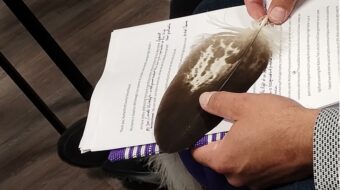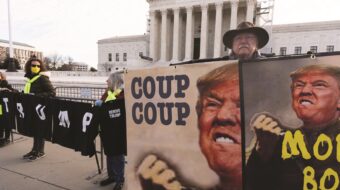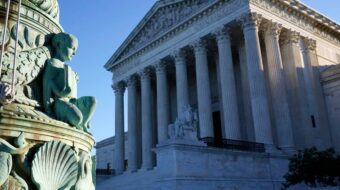In a unanimous ruling Jan. 11 the Supreme Court rejected a claim by the famous Mayo Clinic in Rochester, Minn. that its resident medical graduates were actually students not entitled to the protection of regular labor laws, even though they work more than 40 hours a week.
The ruling has major ramifications that will prevent hospitals from misclassifying medical residents as students, rather than employees. The Mayo Clinic and other hospitals and clinics have been trying to get a green light from the government to do this so they can avoid paying Social Security, Medicare and workers compensation on the residents’ earnings. The Mayo clinic, by going to court, wanted to save millions of dollars each year by not paying taxes on many thousands of hours of labor put in by its medical residents.
Tens of thousands of medical residents would have to work long hours, often double and triple shifts, in the nation’s hospitals with even less protection against employer abuse than they now have.
The clinic was challenging the Internal Revenue Service’s policy of treating the residents as employees for tax purposes, requiring the medical facilities to pay taxes.
“Because residents’ employment is itself educational, Mayo argues, the hours a resident spends working make him ‘more of a student, not less of one,'” Chief Justice John Roberts noted in his ruling. “Mayo contends the Treasury Department should be required to engage in a case-by-case inquiry into what each employee does in his service and why he does it.
“We disagree. Regulation, like legislation, often requires drawing lines. Mayo does not dispute the Treasury Department reasonably sought a way to distinguish between workers who study and students who work. Focusing on the hours an individual works and the hours he spends in studies is a perfectly sensible way of accomplishing that goal.
“The Department explained an individual’s service and his ‘course of study are separate and distinct activities in the vast majority of cases,’ and reasoned that ’employees who are working enough hours to be considered full-time employees have filled the conventional measure of available time with work, and not study.”
While the court decision is a victory for the tens of thousands of medical residents laboring in the nation’s hospitals and clinics, it represents only a small step in the long-term effort to improve working conditions for the medical school graduates.
The High Court ruling does not cover, for example, the question of whether a medical resident is an employee for the purposes of U.S. labor law. If residents were deemed to be such employees they would be able to organize and form unions at their hospitals and clinics.












Comments